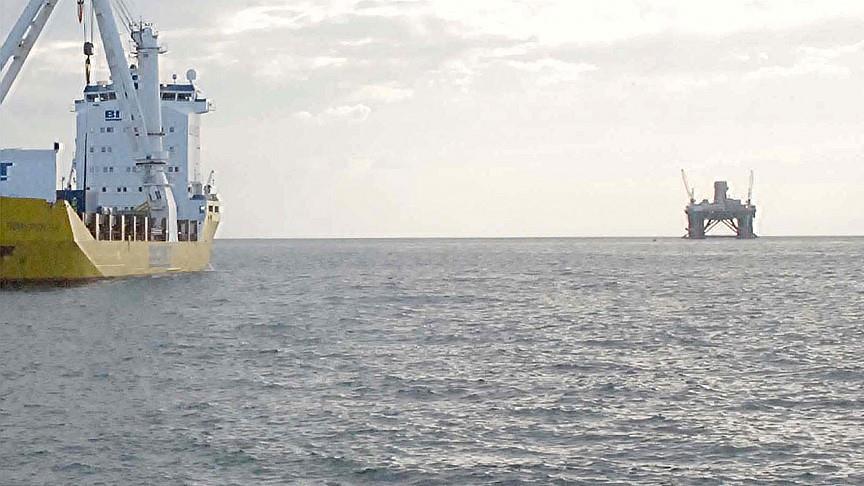- The Writer holds an MSc in Eurasian Political Economy & Energy from King’s College London and also an MA in European Studies from Sabancı University.
Egypt holds a central position in the Middle East and North Africa as one of the largest economies with its relatively advanced and extensive natural gas infrastructure. The country has been a key natural gas supplier to its neighboring countries for over a decade, and as of 2015, has become a net natural gas importer due to its declining gas production and growing domestic demand, which is mainly driven by large energy subsidies. The Egyptian government has been promoting the country as a potential regional energy hub to leverage its under-utilized infrastructure. However, the country faces impediments to achieving this ambitious target.
The hub option that the Egyptian government is pursuing needs to be clarified. Egypt cannot pursue a virtual trading hub, which is used mainly in North Western Europe, such as the U.K.’s NBP or the TTF in the Netherlands. Due to the geological character of the country’s natural gas export infrastructure, a physical hub would best suit Egypt’s needs where energy trading is conducted for pipeline and LNG supplies.
In 2017, the government launched its oil and gas modernization program. With this, the Egyptian government demonstrated the strength of its ambition to become a regional energy hub. Currently, under-utilized LNG capacity and large, newly-discovered gas fields offshore Egypt, like the giant Zohr field, has engendered momentum in the government’s aim of benefiting from the country’s natural resources.
The main benefit of becoming a genuine physical energy-trading hub will primarily manifest in a competitive, efficient and transparent market through robust trading activity.
Some of the most important qualities that are needed to become a physical energy-trading hub encompass strong market regulations that are supportive of free trade, and extensive physical infrastructure to conduct successful exchanges. To strengthen the country’s regulations, Egypt introduced a natural gas law in 2017. The new law, which aims to liberalize the gas market by 2022, saw the introduction of market liberalization, market unbundling, and an independent regulatory body, but its implementation will only be seen in the years ahead.
The gas balance outlook over the coming years and decades will determine how the government’s regional energy hub ambitions evolve. Egypt currently has two large LNG export plants that are among the biggest in the region with over 35 billion cubic meters (bcm) of export capacity, and may well support the country’s hub target.
Over the last two decades, gas consumption in the country increased from 13 bcm to over 50 bcm. This record high is mainly due to the fact that the power sector, the petrochemical industry and 70 percent of domestic gas consumption are subsidized.
Almost 30 bcm of annual natural gas consumption in Egypt is used for electricity generation and it is expected that this figure is unlikely to change over the next ten years. Despite the Egyptian government’s considerable efforts to diversify its energy mix, the current consumption trend suggests that Egypt is highly likely to remain dependent on natural gas in the foreseeable future. Therefore, unless a significant volume of spare capacity emerges, the possibility of becoming a regional gas hub will only ever remain unfulfilled on the policy agenda.
Unless bold measures are taken to phase out power sector subsidies with electricity tariff revisions, the increase in domestic gas production will only cover growing domestic demand. The country’s hefty power consumption trend, combined with robust demand and the ongoing high level of subsidization, will remain a significant impediment in generating spare capacity for exports – a necessity for the country’s ambition of becoming a regional gas hub.
In an attempt to revamp the under-utilized LNG terminal, the Egyptian government signed a memorandum of understanding with the Greek Cypriot Administration in 2015. With the newly discovered Zohr field, the subsequently improved utilization of cross-border gas pipelines and LNG plants is set to allow the Egyptian government to gain the upper hand in potentially increasing gas exports. With the aim of starting gas exports as early as 2019, Egypt plans to stop LNG imports in 2018 through increased domestic production.
The government’s new pricing reform initiatives promise to restrain growing energy demand from the power and energy-intensive industries in the coming years. However, the phasing out of subsidies with pricing reforms will not be an easy task and will likely face resistance both from the public and from industry. This can only be achieved through the state’s unyielding commitment. Undoubtedly, market liberalization will be a lengthy process. Nonetheless, the steps taken in recent years look promising.
The future of gas in Egypt looks bright with the newly regulated and liberalized domestic market and with the phasing out of heavy subsidies. These measures have shown the government’s engagement to further improve market conditions in line with developing an energy hub. However, only time will tell how exactly Egypt can benefit from its rich natural resources and become a regional gas hub if a well-maintained, physical infrastructure network, sound regulations, and a transparent pricing mechanism that is subsidy-free, are implemented.
- Opinions expressed in this piece are the author’s own and do not necessarily reflect Anadolu Agency's editorial policy.


